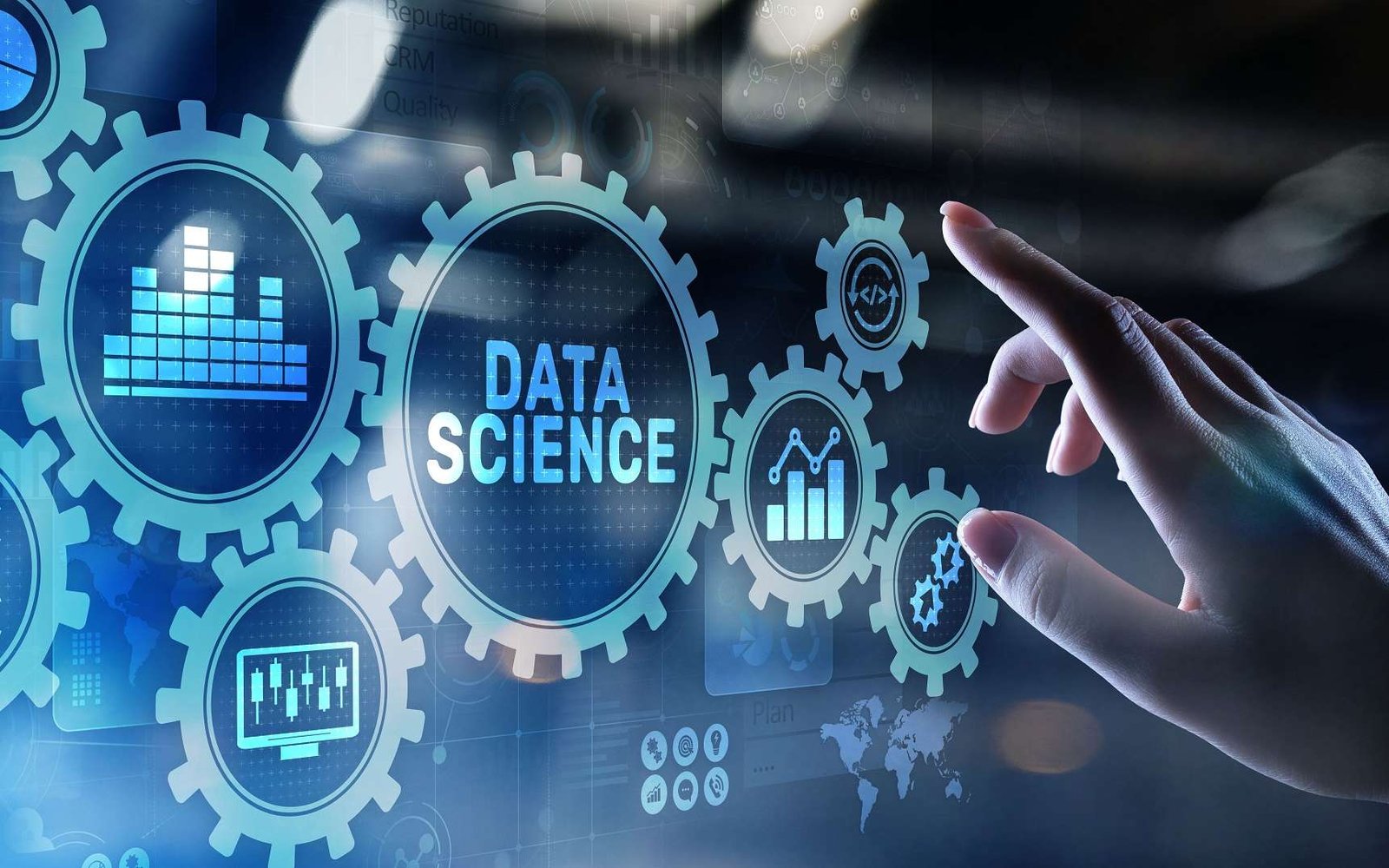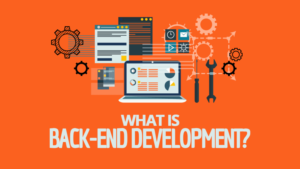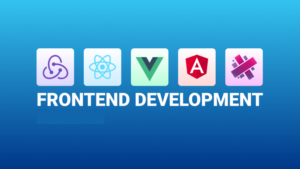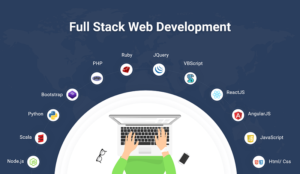Introduction
In today’s data-driven world, Data Science plays a pivotal role in decision-making across industries, from technology and healthcare to business and even sports. If you’re a beginner looking to explore this growing field, this guide provides you with a detailed roadmap to kickstart your journey into data science.
What is Data Science?
Data Science combines:
- Programming: For managing and analyzing data.
- Statistics: To understand patterns within data.
- Data Visualization: To effectively communicate insights.
- Machine Learning: To predict future outcomes and uncover hidden trends.
Practical Examples of Data Science:
- Customer Analysis: Personalizing marketing campaigns based on behavior.
- Weather Forecasting: Using machine learning to predict weather patterns.
- Medical Diagnosis: Analyzing patient data to improve diagnostics.
Why Choose Data Science?
- High Global Demand: Companies like Google, Amazon, and Netflix rely heavily on data science for strategic decisions.
- Lucrative Salaries: Data Scientists often earn significantly more than many other tech professionals.
- Wide Impact: From finance to healthcare, your work can make a real-world difference.
Recent Statistics:
- According to Glassdoor, the average salary of a Data Scientist in the US is around $120,000 per year.
- LinkedIn reports that demand for Data Scientists has increased by 40% over the past 5 years.
How to Start Your Journey?
1. Learn the Basics:
- Programming Languages:
- Python: Popular and versatile for data analysis.
- R: Ideal for statistical analysis and visualization.
- SQL: Essential for querying and managing databases.
2. Take Online Courses:
- Beginner-Friendly Courses:
- CS50’s Introduction to Data Science – A comprehensive introduction.
- Python for Data Science and Machine Learning Bootcamp – A practical course for beginners.
- Advanced Courses:
- Machine Learning by Andrew Ng – A classic course on machine learning.
3. Practice with Real Data:
- Explore free datasets from platforms like:
- Kaggle – A hub for datasets and competitions.
- Google Datasets – A collection of free datasets.
- Start with simple projects:
- Analyze sales data from an online store.
- Build a model to predict student grades based on study hours.
4. Master the Tools:
- Jupyter Notebook: For writing and analyzing code interactively.
- Pandas and NumPy: Libraries for data manipulation and analysis.
- Matplotlib and Seaborn: For visualizing data.
- Scikit-learn: For machine learning models.
A 6-Month Plan to Learn Data Science
Months 1–2: Foundations
- Learn Python and SQL.
- Understand basic statistics and mathematical concepts like probability and linear algebra.
Months 3–4: Data Analysis
- Use Python libraries like Pandas and NumPy.
- Learn to visualize data with Matplotlib and Seaborn.
Months 5–6: Machine Learning and Projects
- Study machine learning with Scikit-learn.
- Build a personal project like a price prediction model or a text analysis tool.
Recommended Resources
Books:
- “Python for Data Analysis” by Wes McKinney: A detailed guide to data analysis using Python.
- “The Art of Data Science” by Roger D. Peng: A practical introduction to the scientific method in data analysis.
Free Online Courses:
- Introduction to Python – Codecademy.
- Data Science for Everyone – DataCamp.
Helpful Platforms:
- Kaggle – A robust community and resources for data scientists.
- Stack Overflow – To troubleshoot programming issues.
Tools You’ll Need
For Data Analysis:
- Python: Along with Pandas and NumPy.
- R: Excellent for statistical and academic analysis.
For Visualization:
- Tableau: For creating interactive dashboards.
- Power BI: Ideal for business data visualization.
For Machine Learning:
- TensorFlow and PyTorch: Advanced tools for deep learning models.
Conclusion
Data Science is not just about tools and programming—it’s about solving real-world problems using data. By building a strong foundation and progressing step by step, you’ll be ready to engage in exciting projects and develop innovative solutions that make a difference in the world.
Ready to start? Share your thoughts or questions in the comments, and we’ll be happy to help you on your journey!




